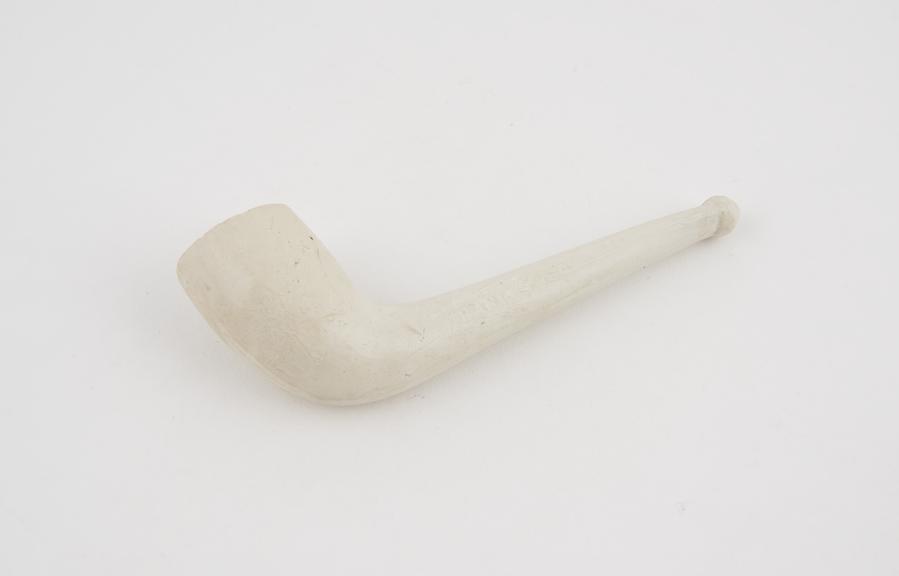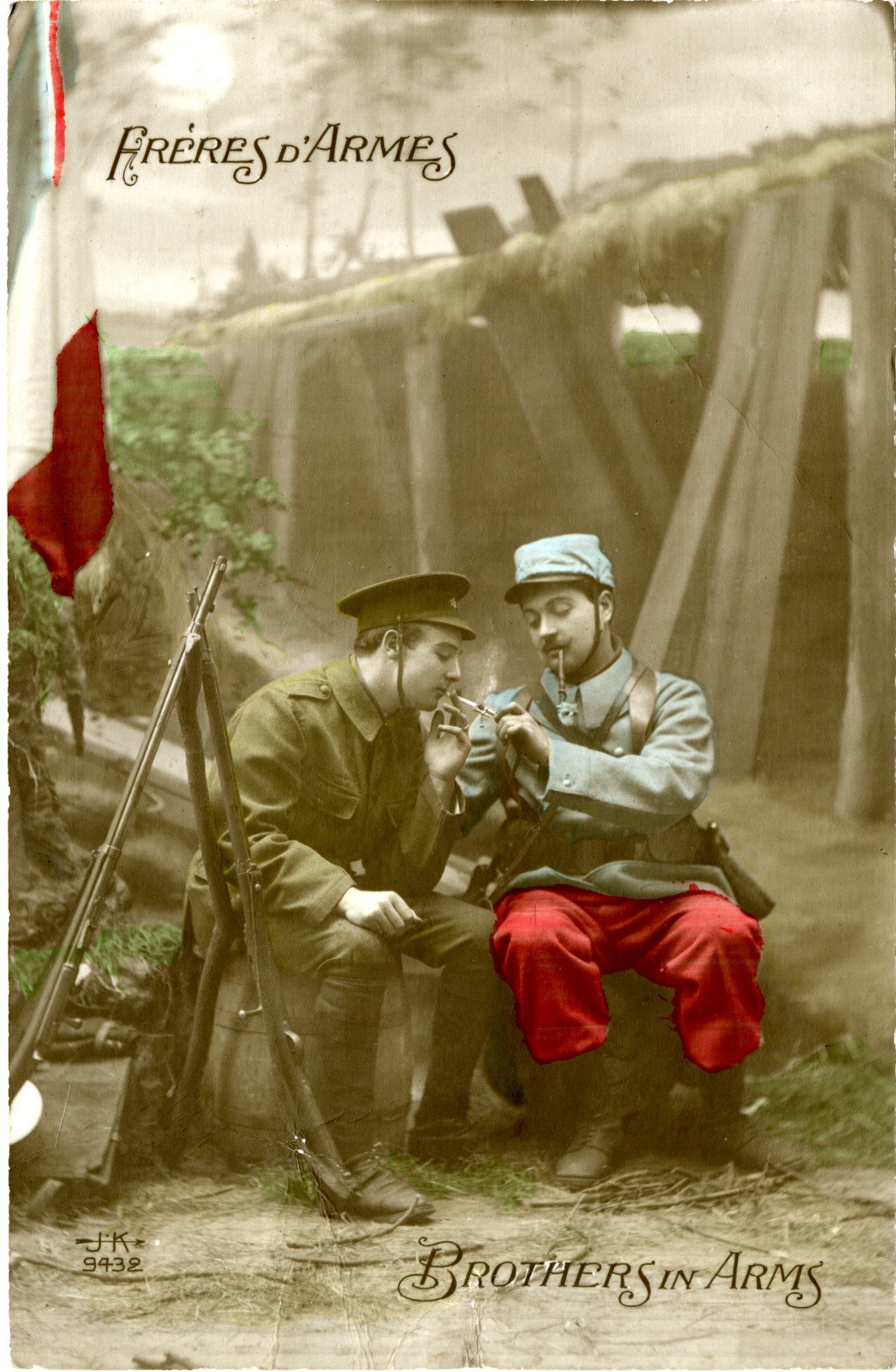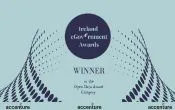A blog post describing how DRI resources have featured in the research of researcher Orlaith Harford.
Browse through the Digital Repository of Ireland (DRI), and you will find collections that range from Photographs of Irish Jesuits in Hong Kong; to digital materials relating to campaigns for reproductive justice in Ireland; to architectural plans of nineteenth-century primary schools in Ireland. DRI brings together digital objects that have been deposited by a wide variety of member institutions, currently numbering over 40 museums; archives; county councils; higher education institutions; community groups; and more, from all over Ireland. These collections, whether born digital or digitised from material sources, are useful to researchers who work on topics from across the arts, humanities, and social sciences, as digital research resources. Depending on the licence indicated in the material’s metadata, the material may also be included in publications, thereby both informing and enriching these research outputs.
DRI awarded the 2021 Early Career Research award to Orlaith Harford, who recently completed a MSc in Experimental archaeology and material culture, in recognition of her diligence in demonstrating the value of DRI resources to her research. Orlaith has specialised in clay tobacco pipes, with a special interest in what these material objects can tell us about historical people and the society in which they existed. In this post, Orlaith walks us through material that has been preserved and made available in DRI, which relates to the topic of her research. Orlaith shares some insights into how important openly-available digital research sources, with rich metadata, have been during COVID-19 lockdowns and to herself in particular as a researcher with dyslexia.

[DRI Early Career Research Award winner, Orlaith Harford]
Orlaith’s postgraduate interests prompted her to begin her DRI search with material culture relating to the history of tobacco in Ireland. She started by looking for digital objects relating to clay tobacco pipes and their social history, in the nineteenth century in particular. The Transport Infrastructure Ireland (TII) Digital Heritage Collections was a good place to start this search; the collections include more than 1,500 archaeological excavation reports, representing approximately 80% of all archaeological excavation reports commissioned by TII during Ireland’s infrastructure building programme between 2001 and 2016. The TII reports contain numerous references to clay pipes, including a wealth of information about clay pipe manufacturers and users in Ireland in the nineteenth century.

[Clay `dudheen’ tobacco pipe, equivalent to Scottish cutty, made by Hanley and Co., of Waterford, Ireland, 1900-1930, Sir Henry Wellcome’s Museum Collection]
Orlaith explains that nineteenth-century working-class men would smoke tobacco in a pipe ‘known as a “duidin”, a working mans pipe’, whilst women would ‘smoke a fashionable, long stemmed pipe, most commonly known as a “Yard of Clay”’[1] A report of an excavation associated with the Luas Cross City Main Infrastructure Civil and Track Works (2015-17) contains an entire appendix on Clay Pipes (and, also, wig curlers!) found during the excavation. We learn from the document that a total of 448 fragments of clay tobacco pipe were recovered from the excavations, mostly dating from the nineteenth century. Many pipes presented manufacturer’s stamps stating exactly where they were made, and some were even marked with political messages such as ‘HOME RULE inside a circle that also contained a shamrock’ [2] The report contains a list of the pipes that the archaeologists recommended be retained as being ‘highly significant’.
Orlaith reflects on the particular value of access to these excavation reports for her research on clay pipes:
The DRI collections are a great resource for obtaining excavation reports detailing clay pipes as finds. Due to the fragile nature of the pipe they are often found fragmented and nondiagnostic but, in some cases markings, designs and typology can suggest a place of origin, event or a time period they were made.
The careful reports on these pipes made by the archaeologists, which we can read in the excavation reports that TII has made openly available in DRI, demonstrate just how much valuable contextual information can be gleaned from a clay pipe, relating to various time periods and every region in Ireland.
Though Orlaith specialises in the types of material culture that might be found during an archaeological dig, she also highlights a number of written sources relating to historical tobacco use in Ireland – mostly relating to the early twentieth century. The Monica Roberts Collection, deposited in DRI by Dublin City Library and Archive (DCLA) is a rich collection of digitised correspondence that, among other things, sheds light on the supply of tobacco to soldiers in the trenches of the First World War. Orlaith explains:
Monica Robert’s founded the Band of Helpers to the Soldiers, an organisation established to raise funds for soldiers in World War One. For this organisation members paid a subscription fee which went towards gathering “comforts’ for soldiers. In one particular document she lists a number of items which would benefit the soldiers. These items included; powder, postcards, pocket knives, lead pencils, tobacco and tobacco products. Tobacco was clearly seen by women as an essential item of comfort for men and was included in these parcels for soldiers.
Other letters from this collection, Orlaith notes, are from soldiers, writing to thank Roberts for sending tobacco, and emphasising the value of this supply for the morale of the troops. Private Edward Mordaunt writes, ‘Dear Miss I beg to thank you very much for your very kind present of cigarettes and Tobacco [tobacco] … it makes us fight ten times better you would be surprised to see how those cigarettes keeps up the hearts of our fighting.’

[Edward Mordaunt. (2018) Colour postcard DCLA/RDFA1.09.058 from Edward Mordaunt to Miss K Roberts, Digital Repository of Ireland [Distributor], Dublin City Library and Archive [Depositing Institution], https://doi.org/10.7486/DRI.zc7865203]
During COVID-19 lockdowns, Orlaith emphasises, it would have been impossible or difficult to access the physical copies of these documents in the bricks and mortar archives. She valued the availability of digitised sources in DRI, as well as the metadata that enabled her to find and explore them: ‘it is quick and convenient to obtain the documents from the repository, and also to navigate to the exact document through the online archive’. As a researcher with dyslexia, she particularly appreciated the rich metadata that was provided by DCLA, which includes transcriptions of the Monica Roberts collection. ‘Having dyslexia, it can be difficult to read certain types of handwriting and can take large amounts of time to decode. Having this really helped to speed up the process for me and made it easy to read and understand’, she explains.
There are a wealth of additional research resources in DRI that relate to Orlaith’s topic of research, and we only have space to touch on some of them briefly here. For instance, we find a digitised poem from the Trinity College Dublin’s Early Printed Books collections entitled ‘A grand debate between whiskey and tobacco’ dating to around 1860. There are vividly-illustrated nineteenth-century cigarette trade cards, include one featuring a colour portrait of Oscar Wilde. There is an ornate silver cigarette case belonging to Wilde’s son Cyril Holland. Fast forward through the twentieth century, and we are presented with Irish-made wooden tobacco jars from the Kilkenny Design Workshop collection deposited by the National College of Art and Design. Last, but not least, the Fáilte Ireland Tourism Photographic Collection includes a 1979 shop frontage from County Clare including a sign ‘Joseph McMahon’ is licensed to sell tobacco on the property. These sources offer insight into the historical manufacture, sale, and use of tobacco and tobacco-related products in Ireland from a range of different perspectives.

[Fáilte Ireland. (2020) Shop front, County Clare, Digital Repository of Ireland [Distributor], Dublin City Library and Archive [Depositing Institution], https://doi.org/10.7486/DRI.h4162s55d]
Reflecting on the Monica Roberts collection Orlaith Harford summarised the value of cultural heritage institutions digitising, preserving, and making freely available, these potential research resources
The information in these fragile letters are now accessible to all and although the physical letters may deteriorate in years to come, they will still be accessible through the DRI repository for future researchers to learn from and use
We at DRI are thrilled to read comments like this from researchers, which testify to the value of not just preserving digital materials, but also making them available for researchers to use and reuse. We would like to thank Orlaith Harford for taking the time to guide us through some of the sources in DRI, and for giving us a glimpse into the nineteenth and early twentieth century through the lens of tobacco use in that period.
If you are an early career researcher who has used, is using, or plan to use resources in DRI for your research, we would be glad to hear from you about the types of resources that you have found in DRI. We welcome you to get in touch with us at dri@ria.ie
– by Orlaith Harford and Deborah Thorpe
—
References
[1] E. G. Agot, Clay Tobacco Pipes (London: Shire Book Productions, 1990)
[2] Transport Infrastructure Ireland. ‘Archaeological Excavation Report, 15E0337 Broadstone Vol 3, County Dublin.’ Digital Repository of Ireland. Transport Infrastructure Ireland (TII), April 3, 2022. https://doi.org/10.7486/DRI.j673ds78t, (p.220)




